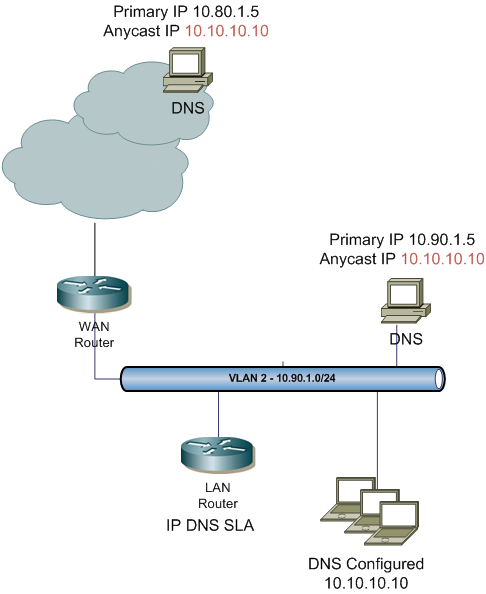OSPF Link State Advertisements (LSAs) and Areas – Part II
For a table describing the different LSA types, check out the first post of this series.
In the first part of the series, we looked at LSA Types 1, 2, and 3 – Router, Network, and Network Summary, respectively. To move on to the next two LSA types, we need to bring in another Autonomous System (AS). In the diagram below, we’ve added R5 which has an interface in EIGRP AS 1, and is redistributing that into OSPF Area 4. The fact that R5 has an interface inside of the OSPF AS, as well as the EIGRP AS, makes R5 an Autonomous System Boundary Router (ASBR).
The EIGRP-oriented subnet that is being redistributed is considered an external route to the OSPF domain, so a Type 5 LSA, or ASBR External, is flooded into OSPF Area 4 containing a LSID and netmask of the subnet, plus the External Type. This important because it tells other routers whether or not to add the internal link costs within the OSPF domain to the metric to reach that subnet. A type 2 external route specifies that only the external cost is taken into consideration.
When R2 catches wind of Continue reading





